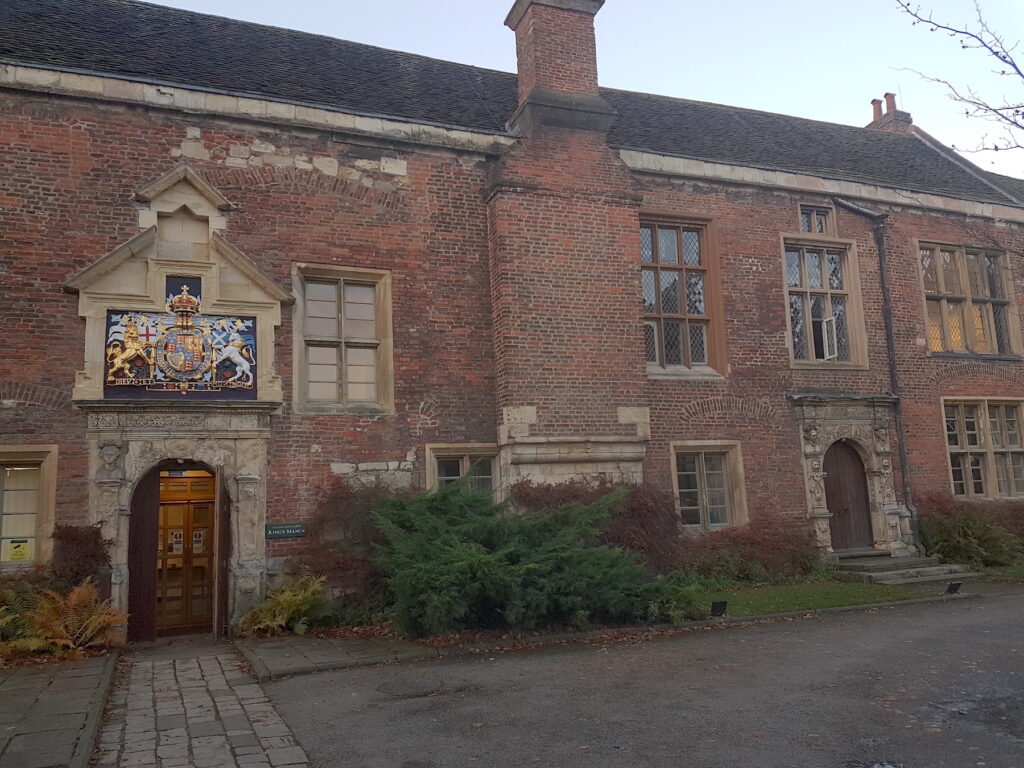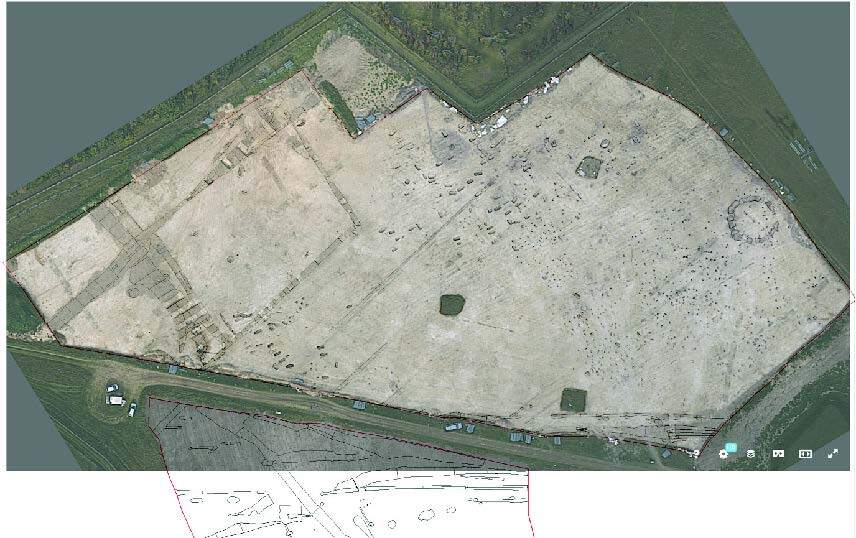In April this year our former colleague, Jen Mitcham, attended the inaugural SPRUCE digital preservation mash-up in Glasgow (16th-18 April 2012), an event organised by Leeds University Library as part of the JISC funded Sustainable PReservation Using Community Engagement Project (SPRUCE) which intends to foster wider communication within the digital archiving sector. During discussions at the event it was identified that one of the practical problems effecting the management of digital files within archives was the ability to compare and monitor the migration of files during various stages of the archive process (Millard 2012). At the outset it was identified that any solution to this problem needed to easy for to use and could be deployed directly from the desktop in order to a wider appeal to users of varying computing ability. During the event Andrew Amato (London School of Economics and Political Science) developed a series of tools, based around Microsoft Excel and VBA macros, which assisted in the audit of collections (Amato 2012). Having developed a proof of concept it was found that the uniqueness of repository infrastructures made the application of the tools problematic outside the specific organisations for which it was initially developed, as a result it was considered that a more generic version of the tool would have a broader appeal and potential use value within the wider digital preservation community. With this in mind a successful application was made to the SPRUCE award scheme allowing Andrew Amato and Ray Moore time to develop what was christened ReACT (Resource Audit and Comparison Tool) further, with a period of testing of the resultant tool on archives from ADS’ collections.
Essentially ReACT uses VBA macros within a Microsoft Excel environment to implement automated comparisons of files across folder and directory structures through a simple interface (GUI). The tool was developed in a way that makes it adaptable to discreet differences within archival infrastructures, so that users can specify folders directories that they wish to compare. At the same time ReACT allows users to set various parameters with the audit. Once completed the results of the audit are viewed through a series of discrete datasheets which allow for straightforward comparison of files that have been ‘Matched’ or those which are missing or have been mismatched.
ReACT was subsequently tested on material from the ADS’ Grey Literature Library; a resource which as many of you will know makes unpublished archaeological fieldwork reports available to heritage professionals and the wider public. The sheer size of the resource, comprising some 21,000 files across some 157 discreet collections, along with the fact that new material is added to these collections on a regular basis (c.400 reports per month) means that, unlike standard collections, keeping track of a collection is more difficult and more likely to result in discrepancy than our standard collections. As a result ReACT has proven invaluable in auditing the content of these collections, and should continue to play an important role in the ADS’ workflow for years to come. More importantly it is hoped that the ReACT has enough flexibility to be useful to others within digital archiving, and the wider community generally, allowing the opportunity to audit collections with disparate archive structures.
Further details on the ReACT tool can be found on the SPRUCE project pages, while the tool and associated documentation are available for download from the SPRUCE Repository on GitHub.
The ADS would like to thank Andrew Amato (London School of Economics and Political Science) for his help in developing the tool, Jen Mitcham (Digital Archivist at the Borthwick Institute, University of York) for her work in developing the project proposal and Paul Wheatley (SPRUCE, Leeds University Library) for his helpful comments and assistance throughout the project.





